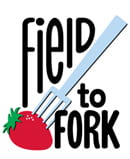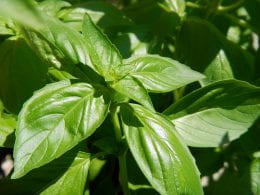
Chances are you know someone who has food allergies, including yourself. In fact, 53% of Americans have either a food allergy, food intolerance, and/or food sensitivity. This is significant and cannot be ignored.
The top nine food allergens, that are required to be declared on food packaging, include milk, eggs, peanuts, tree nuts, soy, wheat, fish, shellfish, and sesame. Nuts, seafood and shellfish are the most frequently reported food allergens. With these, specific species must be declared. For example, tree nuts must be declared as almonds, pecans, walnuts, etc. The same is true for the seafood and shellfish.
Accurate food labels are critically important. In a survey conducted by the International Food Information Council (IFIC), it found 67% of those surveyed said they trusted allergen labeling. The nine major food allergens must be declared within the ingredient statement or separately below the ingredient statement.
Some food manufacturers voluntarily add a “May Contain” statement. This is done because they may not be able to completely eliminate a food allergen during manufacturing.
Food Allergy Awareness Week, sponsored by the Food Allergy Research and Education organization, is emphasizing workplace education to help bring awareness to this important health issue.
Learn more about food allergens and management from the IFIC Food Allergens Toolkit.



